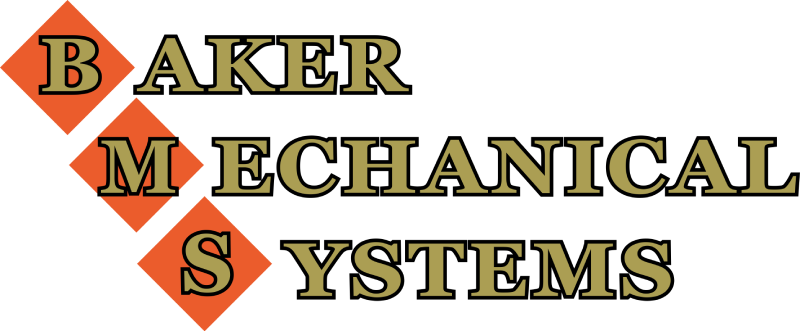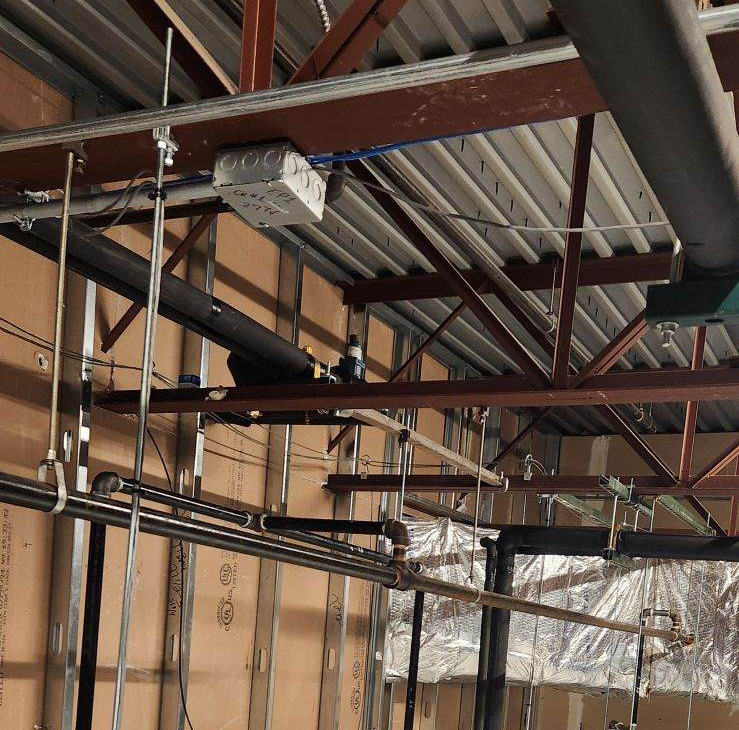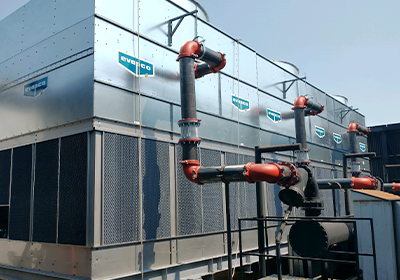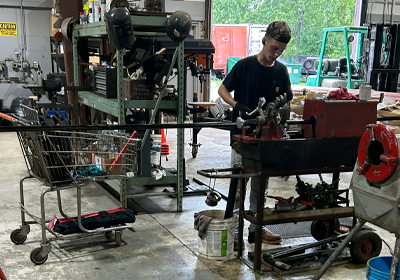Blog
Is Your Fire Protection System Up to Code? What Businesses Need to Know
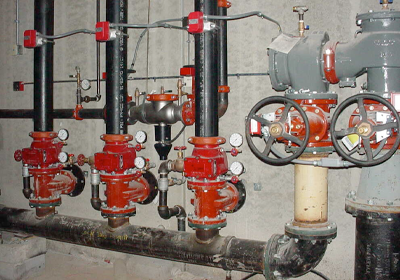
A reliable fire protection system is not just a regulatory requirement—it is a critical component of workplace safety. Whether you own a commercial building, an industrial facility, or a retail space, ensuring your fire protection system meets code requirements can prevent costly violations, protect employees and customers, and safeguard your property.
Fire codes change regularly, and outdated or non-compliant systems can put your business at serious risk. Below, we will cover key fire protection requirements, common compliance issues, and how you can ensure your system is up to code.
Why Fire Code Compliance Matters
Fire codes are established by national and local agencies to reduce the risk of fire-related injuries, fatalities, and property damage. Non-compliance can result in:
- Fines and penalties
- Business shutdowns
- Higher insurance premiums
- Increased liability in case of a fire
Ensuring your system is up to code keeps your employees, customers, and business assets safe while avoiding unnecessary financial risks.
Key Fire Protection Code Requirements
Fire protection codes vary depending on industry, building size, and location, but here are the fundamental requirements businesses must meet.
1. Fire Sprinkler System Compliance
Fire sprinkler systems must be installed in commercial buildings based on occupancy type and size.
Key Requirements:
- Sprinkler heads must be free from obstructions to ensure proper water distribution
- Pipes must be tested regularly for leaks or corrosion
- Sprinkler systems must be inspected annually and tested every five years for compliance
2. Fire Alarm System Requirements
Fire alarms are essential for early detection and evacuation during emergencies.
Key Requirements:
- Fire alarms must be installed in all required areas of a commercial facility
- Systems must undergo annual inspections and testing
- Audible and visual notification systems must be functional and meet local standards
3. Fire Extinguishers and Suppression Systems
Fire extinguishers and suppression systems are required in commercial and industrial settings, especially in kitchens and manufacturing areas.
Key Requirements:
- Fire extinguishers must be properly placed and clearly marked
- Employees should be trained on how to use extinguishers in an emergency
- Suppression systems, such as kitchen hood systems, must be inspected semi-annually
4. Emergency Lighting and Exit Signage
Proper emergency lighting and exit signs are critical to guiding people to safety during a fire.
Key Requirements:
- Exit signs must be illuminated and visible at all times
- Backup power sources should be in place for emergency lighting
- Routine testing and maintenance are required to ensure functionality
5. Fire Department Connections and Access
Businesses must provide clear access to fire department connections (FDCs) to ensure rapid emergency response.
Key Requirements:
- FDCs must be clearly marked and accessible
- Fire lanes and hydrants must be free of obstructions
- Valves and connections must be inspected and serviced regularly
Common Fire Protection Compliance Issues
Even with a system in place, many businesses unknowingly violate fire safety codes. Here are some of the most common issues:
- Obstructed sprinklers or alarms – Stacking storage too close to sprinklers or covering alarms can make them ineffective
- Expired fire extinguishers – Fire extinguishers must be checked monthly and professionally serviced annually
- Faulty alarm systems – Neglecting fire alarm testing and maintenance leads to false alarms or system failures
- Lack of employee training – Employees should know how to use fire extinguishers and follow evacuation procedures
- Unmaintained fire doors – Fire doors must close automatically and should never be propped open
How to Ensure Your Fire Protection System Is Up to Code
1. Schedule Regular Inspections and Testing
Routine inspections and testing are required for all fire protection systems to remain compliant. Working with certified professionals ensures that:
- Sprinkler systems are leak-free and operational
- Fire alarms and detection devices function correctly
- Extinguishers are charged and ready for use
2. Keep Maintenance Records
Fire inspectors will check maintenance records during an inspection. Keeping organized documentation of service dates and repairs ensures compliance.
3. Stay Updated on Local and National Fire Codes
Fire codes are regularly updated to improve safety. Your system may have been compliant when installed, but new regulations could require upgrades.
4. Train Employees on Fire Safety Protocols
A well-maintained fire protection system is only effective if employees know how to respond in an emergency. Fire safety training should include:
- How to properly use fire extinguishers
- Emergency evacuation routes and procedures
- Recognizing fire hazards in the workplace
5. Partner with Fire Protection Experts
The best way to ensure compliance is by working with professionals who specialize in commercial fire protection systems.
Ensure Compliance with Baker Mechanical Systems
If you are unsure whether your fire protection system meets current safety codes, now is the time to act. At Baker Mechanical Systems, we provide expert fire protection inspections, maintenance, and system upgrades to keep your business in compliance.
Schedule an inspection today by calling (585) 458-7080 or visiting bakermechanicalsystems.com. Protect your business, employees, and customers with a fully compliant fire protection system.
‹ Back
